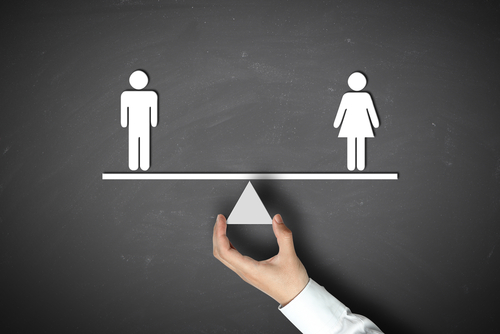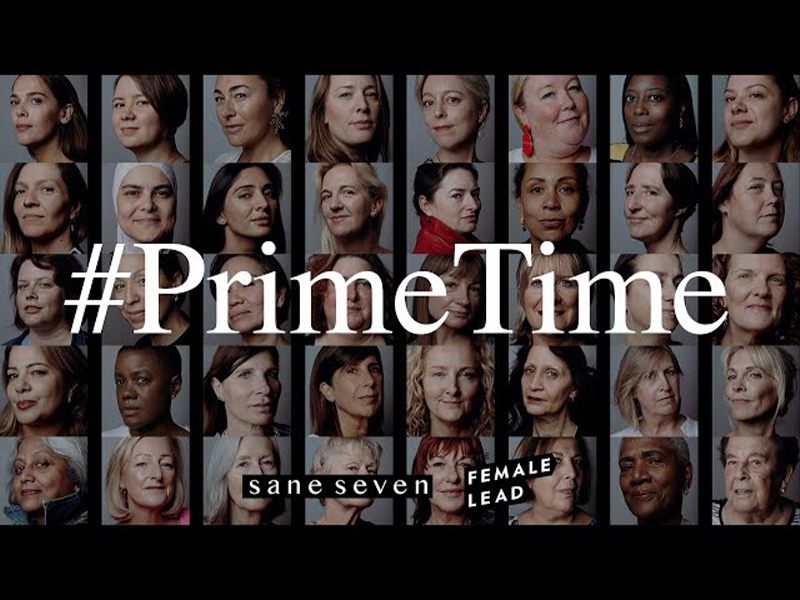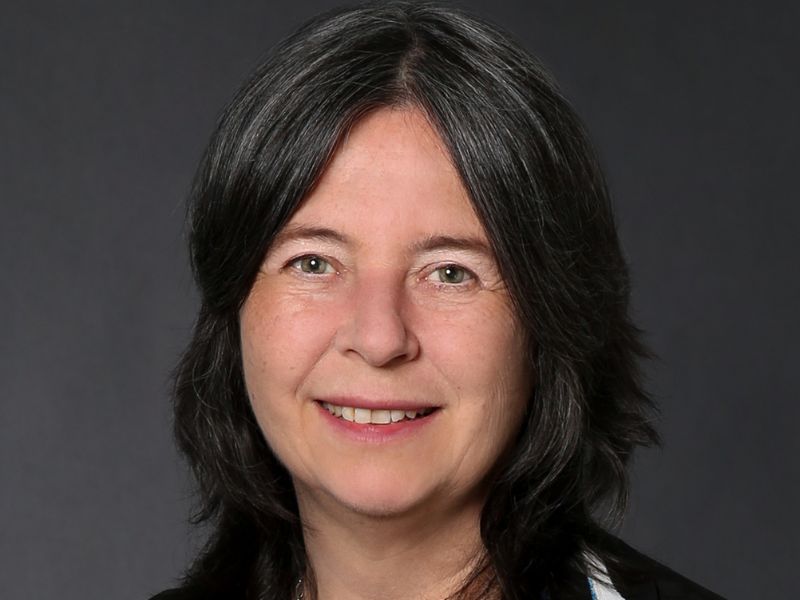
Article provided by Wendy Warham, VP Hybrid Infrastructure Services and Networks & Telecoms, EMEIA, DTS, Fujitsu
As a senior woman within a technology company, I know that I have an obligation to help other women to succeed, in the same way that I have.
But more than this, I recognise the role that I, personally, can play in making real change within the organisation.
As Fujitsu’s Women in Business executive sponsor for our Women’s Business Network, and given my role on the company’s diversity council, I’m committed to making sure that we, as a company, do the right thing to ensure we are representative on behalf of our workforce. I’m always looking for new initiatives, strategies and programmes that will help us drive the right actions at board level and throughout the organisation.
Where is all the female talent?
What I’ve learnt is that, despite popular opinion, most organisations are awash with female talent. The real problem is not a lack of talent, but that these women have not been given the opportunity to demonstrate their potential.
Without those at the top actively discovering and harnessing their female talent, the point at which we achieve gender parity will remain out of reach. To help overcome this challenge, senior women have a duty to be the driving force for real change when it comes to the diversity and inclusion (D&I) agenda. While there are many ways senior women can do this, there are few examples that I believe can have a serious impact.
Set an example for your employees
First and foremost, look at how you can be a role model for more junior women within the company; one that is both relatable and realistic. With the Rockefeller Foundation finding that having female leaders as role models within business is “critical to the career advancement of women” and aids in attracting a more diverse workforce, the impact of role models cannot be underestimated.
After all, to see someone who is the same gender, race or background as you thriving and succeeding is both encouraging and empowering.
Be truly inclusive
Encouraging the introduction of inclusion networks that are focused on enhancing an inclusive culture for employees is another example of where senior female leaders can play a fundamental role in driving the female talent pipeline. These types on networks will ensure that women, but also employees from other diverse backgrounds, feel like they can be completely themselves at work, achieve their full potential and demonstrate their value to the company.
Inclusion networks give employees a platform to feel included and valued; they are a vital way to make sure that specific people throughout the business receive the proper support and advice they need.
Make men part of the solution too
What’s more, I’ve also learnt that real change can only come from taking every single person – women and men – on the D&I journey. Ensuring everyone is able to contribute to D&I successfully is down to the leadership team, and great managers and leaders are the ones that understand how to build diverse, high-performing teams.
As we strive to achieve equality, we must recognise the role that men have to play in this. If we are truly to realise gender balance in business, we must ensure that the D&I efforts we undertake are working to help both men and women. Equality is not for the benefit of one group, while at the expense of another.
Create an inclusive company-wide conversation
Finally, as senior women within an organisation, we should be having open and honest conversations with our employees and wider community about D&I.
Reverse mentoring allows more junior women to feel included in these important conversations and be at the forefront of change within businesses. This in turn gives them more confidence to interact with senior female leaders. It also helps to build the understanding of senior business leaders about the experience of diverse talent within an organisation, which will allow them to more easily and effectively take actions to tap into this diversity and build a stronger team environment.
For me, driving the gender diversity agenda is not just as simple as promoting more women, it’s about getting the right balance in teams, the boardroom and across the whole organisation.
While gender diversity internally isn’t just down to one person or department, there is a incredibly important role that senior women can play in order to ensure they’re doing their part to drive the right actions at board level and throughout an organisation. If each of us do our part, we have the opportunity to deliver real change.








